"Nothing is lost, nothing is created, everything is transformed "... Lavoisier was the father of modern Chemistry. The study of one of the most well-known works of Jacques-Louis David (1748-1825), the double Portrait of Antoine-Laurent Lavoisier (MET), New York (United States), revealed a hidden secret. This painting, which represents the scientists who were guillotined in 1794 under the Terror, has been exhibited at the Metropolitan Museum of Art (MET), New York (United States) since 1977.
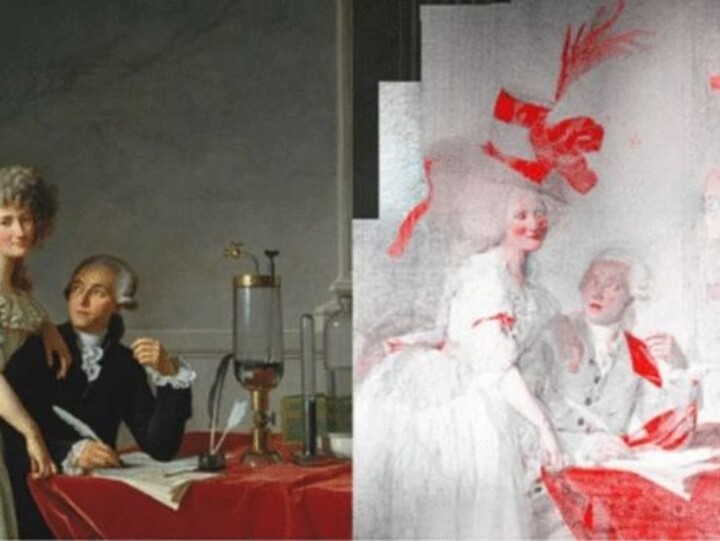
CREDITS: METROPOLITAN OF ART, MET, NEW YORK
The analysis of the painting by Jacques-Louis David, "Antoine Laurent Lavoisier (1743-1794) and Marie-Anne Lavoisier (1758-1836)" has revealed numerous modifications and a first version of the work, different.
The curator David Pullins published an article in Heritage Science. It states that three years worth of analysis revealed major changes by the leader French neoclassical movements to the original composition (259.7x194.6cm). The "first ever in-depth technical analysis of a David painting" shows the couple in a totally different position and in a more aristocratic setting.
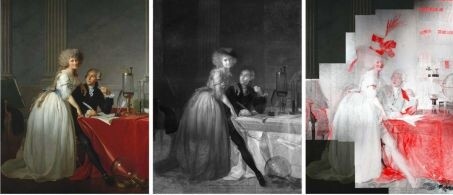
CREDITS: METROPOLITAN OF ART, MET, NEW YORK
Recent examinations have revealed the transformations of the original "Portrait de Antoine-Laurent Lavoisier 1743-1794 and Marie-Anne Lavoisier 1758-1836")" by David (1748-1825). New York Metropolitan Museum of Art.
Amateurs of great luxury, the aristocratic couple were wealthy individuals
The MET's conservation-scientific research teams used optical microscopy to analyze the materials. This was originally used to remove a deteriorated synth varnish. Combining X-ray fluorescence spectrometry, Raman spectroscopy (MA-XRF), scanning electron microscopy (IRR), and scanning electron spectroscopy (SEM), an analytical approach revealed irregularities and unexpected underlying colours. These reveal that David, the Parisian artist and painter, originally chose a different representation of the couple. Stephane Blond is a lecturer in modern historical at the University of Evry, Essonne.
It was the hat of an aristocratic wealthy couple who "consumed great luxury". Madame Lavoisier wore an enormous feathered hat with blue ribbons and bows decorated with artificial flowers, the "Tarare Hat", which was fashionable back then. The red tablecloth covered a desk that was originally decorated with gilt-bronze. David added the scientific instruments that marked the couple's role in modern chemistry's birth later, radically altering the meaning of his painting. David shows Lavoisier at the Grand Arsenal hotel, where Enlightenment scientist was a scientist. The laboratory is represented by a barometer and gasometer on the canvas. Did the painter make these changes to reduce the wealth impression from the first version? Or did he prefer to give the scientist the privilege of being Fermier general, an affluent collector of royal taxes, by making these changes?
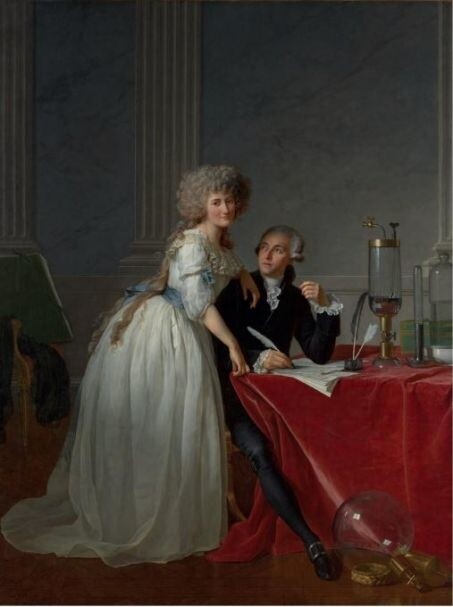
CREDITS: METROPOLITAN OF ART, MET, NEW YORK
The painting of Jacques-Louis David as it stands today. Metropolitan Museum of Art in New York.
David made changes just before the French Revolution in 1789
The authors write that Lavoisier emphasized the couple’s status as scientists and presented Lavoisier as a rational thinker with his wife in an affectionate position. This pose would be considered more popular. Analyses revealed that David had masterfully altered his work by concealing the original version using paint mixtures that provided maximum coverage on the canvas. There were few clues as to the extent of his surface transformations.
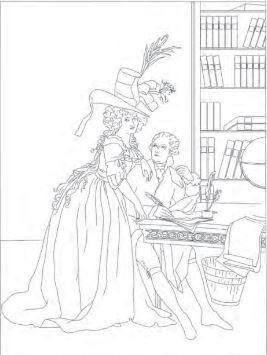
CREDITS: METROPOLITAN OF ART, MET, NEW YORK
Probable original version of David’s portrait of the Lavoisier couples
These changes were made by David right before the French Revolution in 1789, as the painting was signed and dated in 1788. These changes are likely to be explained by historical circumstances. The rapid evolution of events may have led the artist (and perhaps his models?) to make these changes. to show a sober prudence. Since his 1784 commission of a wall around Paris to enforce tax collection, hostility had grown towards Lavoisier, as Burlington magazine also reported. The resentment grew and reached its peak in 1789 when Regisseur des poudres, a scientist, ordered that large quantities of gunpowder barrels from the Arsenal of Paris be removed. This was to make ammunition unaccessible to the people, which had caused riots.
David Pullins stated that one thing is certain: "Lavoisier's fame and genius didn't save him from being executed by the Guillotine"

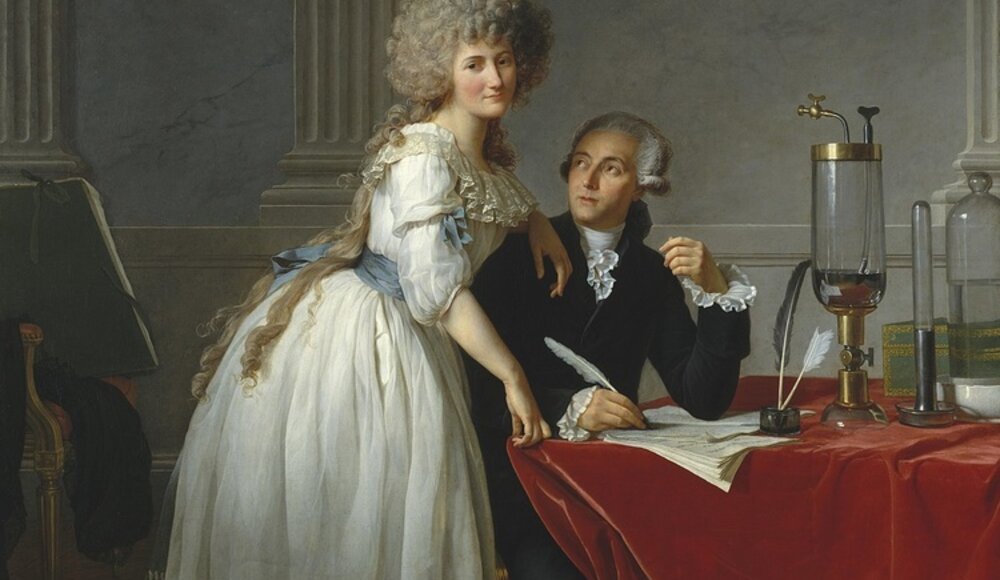
 Jean Dubreil
Jean Dubreil